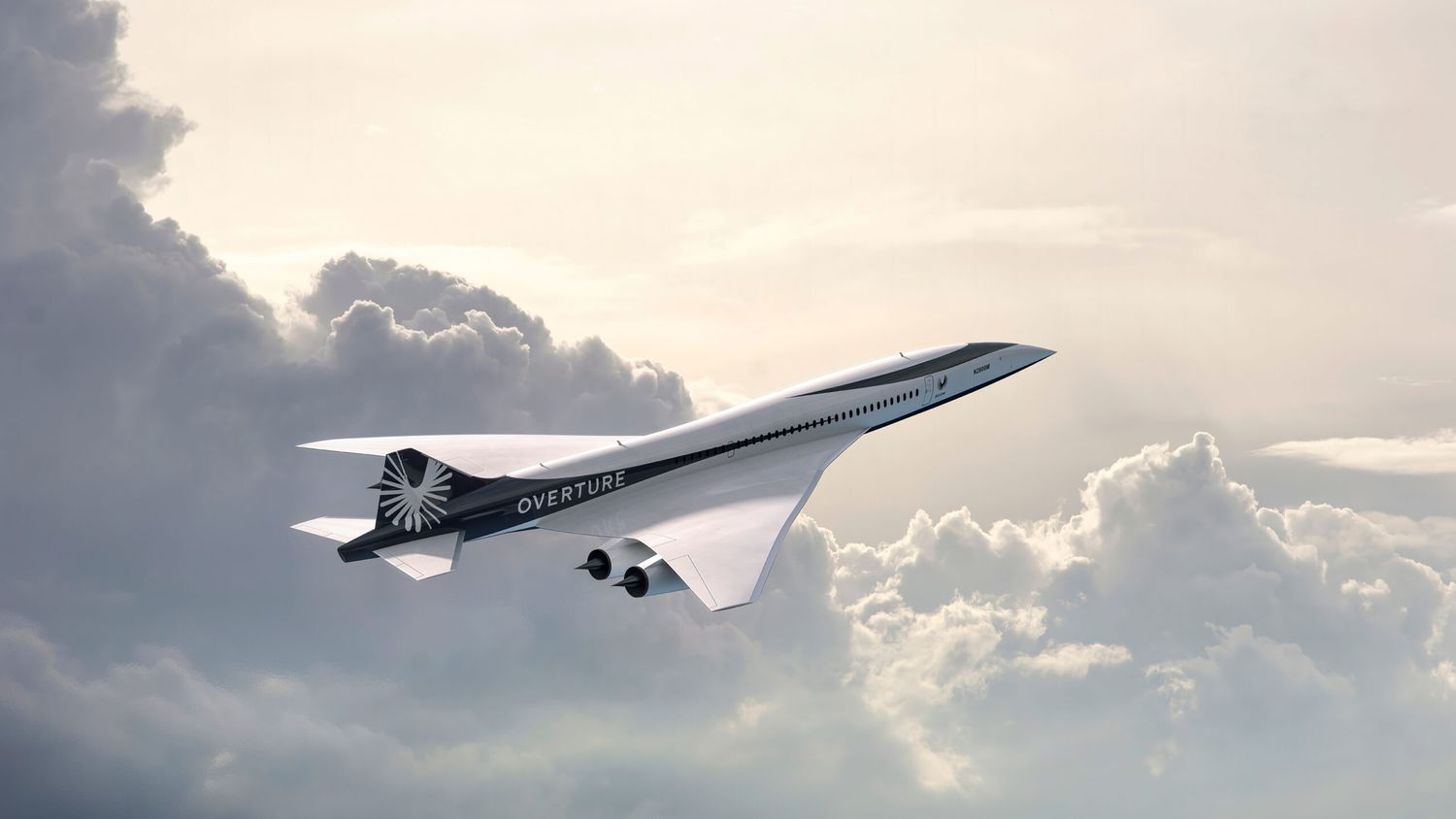The supersonic dilemma: Rolls-Royce pulls out of Boom Overture engine development
The race for the new supersonic aircraft to continue the legacy of the mythical Concorde adds a new – and extremely complex – obstacle: Rolls-Royce, the engine manufacturer that had signed in 2020 a collaboration agreement with Boom and by which it would develop the engines that the Overture aircraft needs, informed today that it will not continue working on the project.
As reported by AINonline, the manufacturer said that «after careful consideration, Rolls-Royce has determined that the supersonic business aviation market is not currently a priority for us and therefore will not continue to work on the program at this time. It has been a pleasure working with the Boom team and we wish them every success in the future.»
The confirmation comes as no surprise, as last July Jon Ostrower, via his publication The Air Current, had indicated that RR would not be investing money of its own in developing solutions that would take away from the projects currently underway: primarily the Ultrafan and Pearl 10X.
A few days ago, it ruled out moving forward with the testbed conversion of a Boeing 747-400 it bought from Qantas in 2019, simply because the Ultrafan test schemes do not justify having two platforms or upgrading the existing one.
Rolls-Royce’s exit from the project may have severe implications on an already extremely optimistic timeline: Boom expects to have the prototype ready in 2025, a first flight in 2026 and entry into service – certification and all – by 2029. All this, with one detail: the factory in which they are going to assemble an aircraft that does not yet have engines is not even built.
Boom is expected to break ground on its megafactory in Greensboro, North Carolina, before the end of the year, leaving three years to procure an engine and move forward with the construction of the prototype. In the commercial aviation industry, three years is a sneeze.
A development of relatively analogous complexity like the Boeing 787 Dreamliner took 8.5 years, from first announcement to certification. The Airbus A350, 11 years between first design and entry into service. However, the complexity of certifying an aircraft like the Overture is not comparable to what was involved in the development of the two Airbus and Boeing widebodies. Beyond the incorporation of materials, design details and truly disruptive technologies, they are still commercial aircraft that operate within a familiar spectrum: subsonic-transonic.
American and United: a blind bet
For those who bet on the Overture becoming a reality, the expected announcement does not change things too much: American Airlines quickly clarified to AIN that the letter of intent they signed has a logical and understandable clause: if the project does not go forward, it has been a pleasure. They will have lost what was already paid and after a little mourning they will look for something else.
United has similar clauses and there is nothing to suggest that the rest of Boom’s potential customers, Japan Airlines and Virgin Group plus a couple of unidentified customers, have not been covered in the same way.
Boom has two options: to reassure investors, to raise the bet and to look for a brave engine manufacturer with the courage -or recklesness- to develop an engine in less than three years; or to take advantage of the free exit, blame Rolls-Royce and get out of a project that faces enormous technical challenges, but an even greater commercial chimera.
If it manages to fly -and that’s a big if-, keeping the Overture flying will require it to be profitable and ecologically efficient. And that mystery is ten times bigger than who will provide the engines.


Para comentar, debés estar registradoPor favor, iniciá sesión